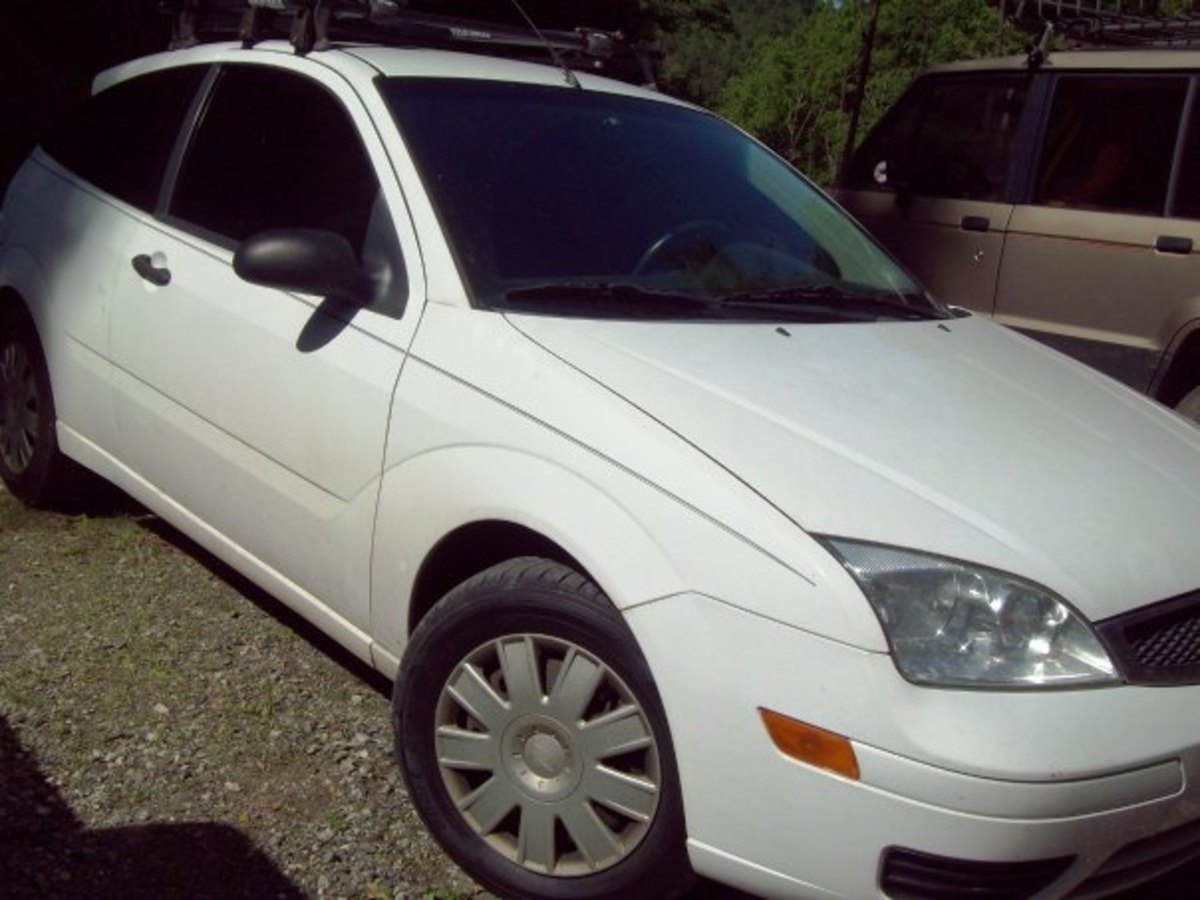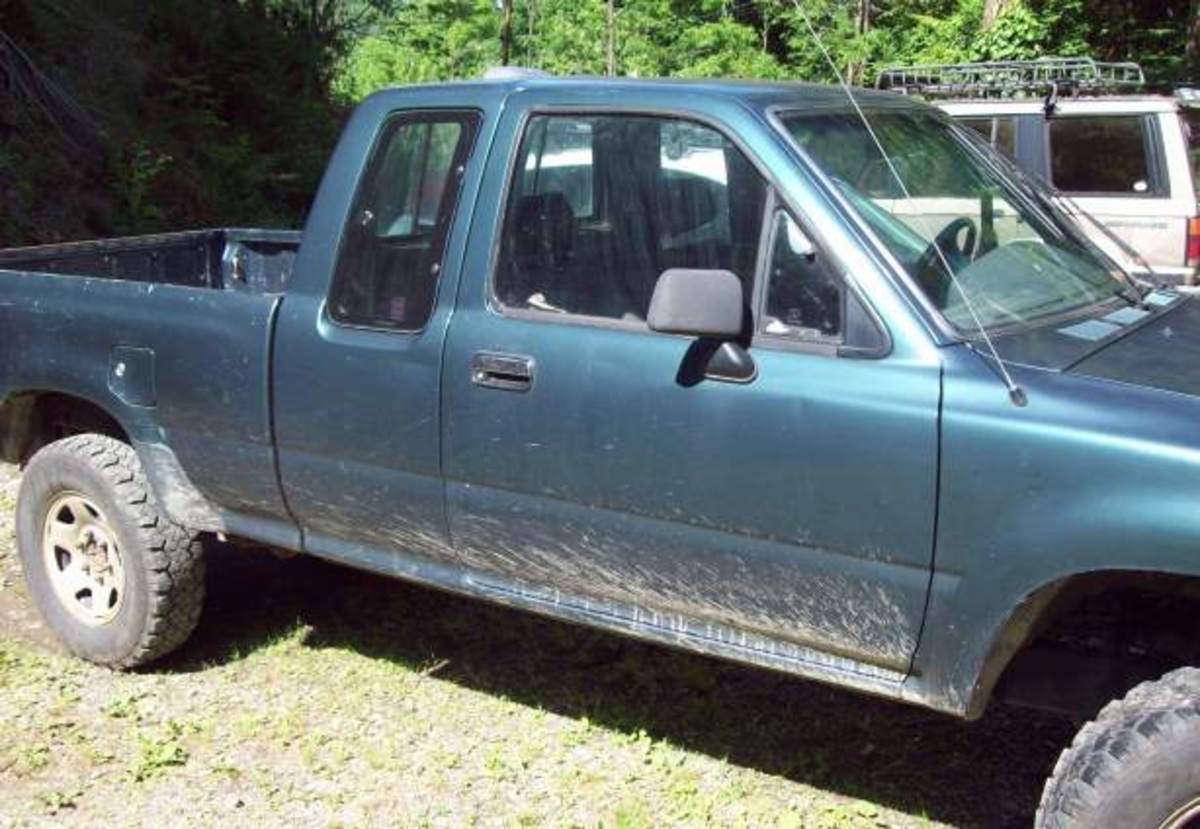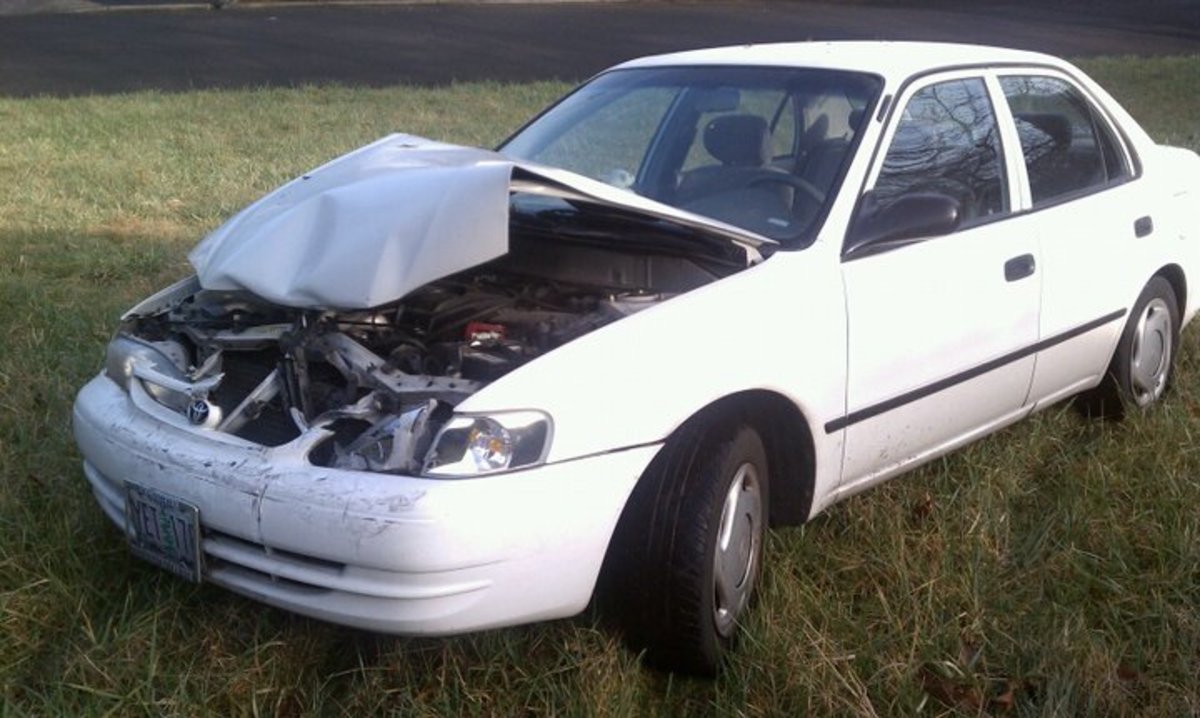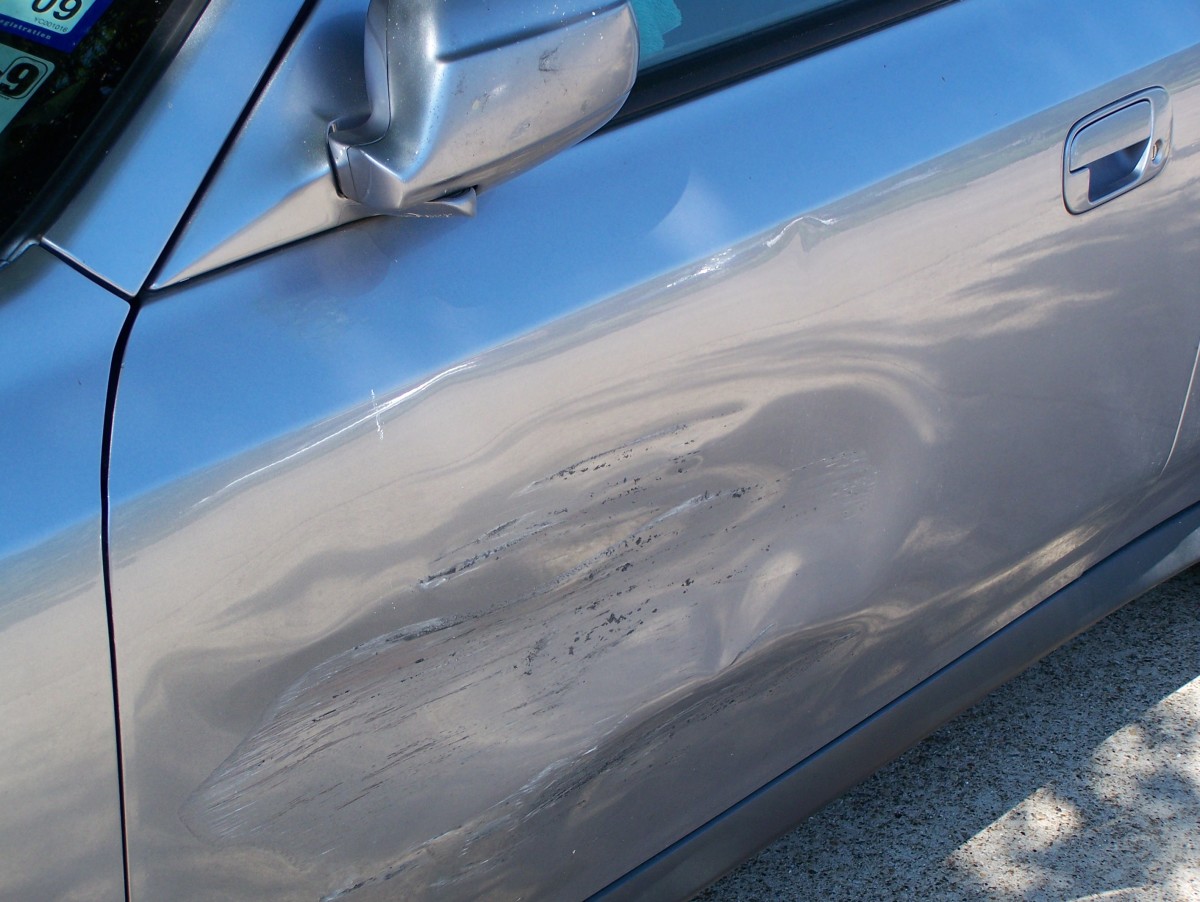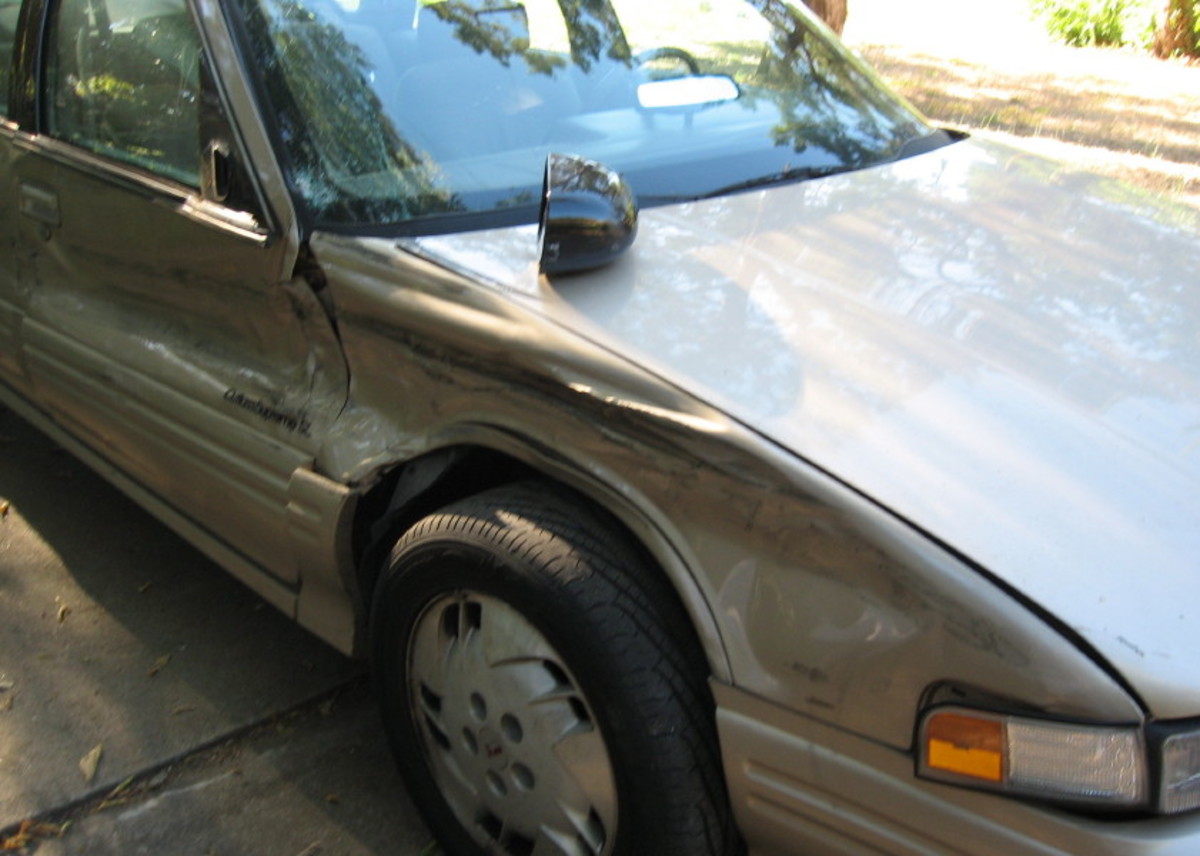When my doctor told me I couldn’t return to work, I was glad I had made the decision a few years earlier to purchase long term disability (LTD) insurance through my employer. I thought I was set – piece of cake. It wasn’t as easy as I thought it was going to be, however.
First of all, you have to realize that your LTD carrier is in business to make money. What they’d really like to do is to collect premiums and never pay out benefits. Of course, they wouldn’t be able to do this long and stay in business. For one thing, they’d be faced with a gazillion lawsuits. So they do pay, but most are very selective about which customers receive disability benefits.
They want proof. They won’t just take your word about your disability. You can’t just say, “I can’t work anymore. I hurt.” This won’t cut it. They want x-rays, MRIs, CT scans, blood tests – stuff like that. Unfortunately, not every disabling condition can be proven with such tests. For example, some back ailments, joint pain, fibromyalgia, and chronic pain can’t be identified with traditional tests. Some emotional and mental conditions fall into the same category. This is where your doctors come into play.
Let’s use fibromyalgia as an example. No matter how much pain you’re in, this condition cannot be proven with a blood test or x-ray. Most general practitioners actually know little about it, so you need to be seeing a rheumatologist who specializes in fibromyalgia. His word and findings will carry a lot more weight with the insurance company than will those from a GP. If your disability is caused by something like panic disorder or clinical depression, you need to be seeing someone who specializes in that. Get the picture?
See your doctor on a regular basis. Make sure he documents everything. If he tells you that your MRI shows extensive nerve damage, have him write it down. The LTD folks aren’t going to read your MRI, and according to them, if it’s not written down, it didn’t happen. Every time you make a visit to a doctor’s office, emergency room, chiropractor, physical therapists, acupuncturist, clinic, psychologist, psychiatrist, counselor, or massage therapist, ask for a copy of any notes and tests. Take them home with you and make yourself another copy. Keep one set of everything in a large envelope and the other copy somewhere else. Keep one of the sets of copies next to your phone so that you’ll have the information readily accessible when your LTD representative calls with questions.
Fax everything to your long term disability company, AND send a set of copies via registered mail. They’ll request copies from your doctor, but from my experience, some doctors’ offices are slow about sending these. Also, sometimes the LTD carrier will say they were never sent, even though your doctor assures you that they were.
If your doctor is supportive of your claim, he’ll most likely be willing to write a narrative for your long term disability company and for Social Security. Most physicians charge extra for this, but it’s worth the price.
Keep a record of all the drugs you take and how much you spend on them every month. These include prescription drugs and over-the-counter medications. Also, be sure to document any adverse side effects from meds. You might take a drug that relieves your pain but makes you so dizzy that you have to lie down. Or maybe it “knocks you out.” Your goal is to show the insurance carrier why you can’t work.
Keep a journal of your illness, and be specific. “On March 2, my back hurt so bad that I had to take 2 pain pills (specify the drug) and stay in bed for 12 hours.”
When you fill out forms for your long term disability insurance company, be honest. Don’t exaggerate your illness or condition. Don’t say that you’re in excruciating pain 24/7 – they won’t believe you. Also, be specific. Saying “I can no longer lift a gallon of milk, so I have to buy milk in quarts now” is better than saying, “I can’t lift much.” Explain how your disability has changed your daily routine: “We had to hire someone to add handicap rails in our bathroom, living room, bedroom…”
Keep in mind that LTD insurance companies differ greatly, and even within the same company, representatives differ. The first guy I dealt with was a real butthead. He made it perfectly clear that they had no intention of approving my long term disability claim. He softened up a bit after he discovered that I was not going to be intimidated. He got me approved, but he was slow about following through. He soon disappeared. Maybe he was fired for being so nasty or so slow? Anyway, the next representative was nice, helpful, and very professional. She got my checks started quickly.
Once you’re approved for SSDI, you’ll get a very large check from the government that includes all your months of back pay. You have to inform your LTD carrier of this. In most cases, you can’t get LTD and SSDI in full. For example, if you have a group LTD policy through your employer, your disability benefit is based on a percentage of your normal salary. Let’s say that amount is $2,500 a month. You’ll get that amount monthly until your SSDI is approved. If your SSDI monthly amount is $2,000, your LTD payments will be reduced to $500 per month.
Here’s what often happens: When you get that first SSDI check that includes months of back payments, the amount could be as much as $35,000-$45,000 or more – depending on how long it took you to get approved. Don’t get excited – you have to pay that back to your LTD company. That’s included in the agreement with most long term disability insurance companies. A lot of times, the LTD company will try to settle with you. They’ll let you keep all that money if you agree to release them from future liability and payments. If you keep the cash, you won’t receive any more payments from your long term disability claim. I can’t advise you on this. You’ll have to carefully weigh the choice for yourself.
If you have a legitimate disability claim, be persistent and proactive. Don’t give up. If all else fails, hire an attorney who specializes in disability claims. An experience disability lawyer will know all the ins and outs of dealing with LTD companies, and you won’t have to pay him unless you win. True, he’ll get a chunk of your payment, but that’s a lot better than receiving nothing at all. Search online for the best disability attorneys - a not-so-good disability lawyer generally charges the same amount as a great disabilty attorney, so why not use one of the best?
I strongly advise anyone who’s employed or self employed to purchase long term disability health insurance. The premiums are modest, and if you pay them yourself, the benefits you receive are tax free. Unless a good policy is offered through your employer, I strongly suggest doing some comparison shopping. A good place to start is by getting quotes online.
Read more about long term disability and Social Security by clicking the article links below.





